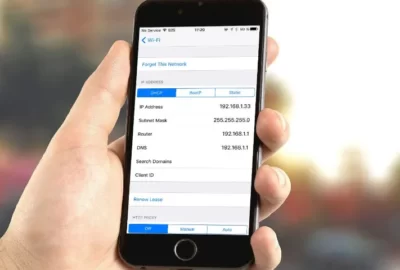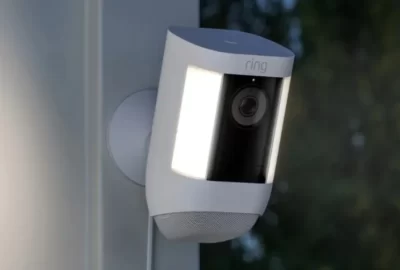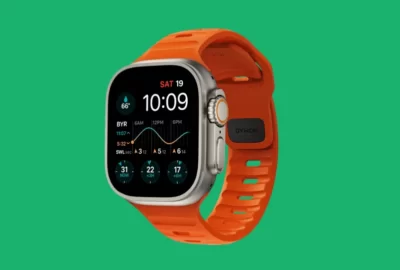When Was 3G Introduced? Everything You Need to Know
More data services were required as a result of the rise in popularity of 2G mobile phones. If you want to know when was 3G introduced, you’ve come to the right place.
Simply put, 3G made it significantly faster for mobile devices to connect to the internet. 3G technology has been around for more than 20 years, having been released in 2001, but is expected to be phased out sometime after 2022.
For more information on the development of mobile technology, keep reading.
What is 3G?
What is 3G network? 3G is the third generation (G) in terms of mobile technology. 3G networks, like other cellular networks, use radio frequencies to send data and voice signals from cell towers to wireless devices like smartphones, smart home devices, and so on.
Learn more about the difference between 3G and LTE in our blog: Is 3G Or LTE Better?
How 3G Evolved?
Research and development for the 3G technology started in the early 1980s and was carried out by the Organization for International Telecommunications (ITU).
The technical specifications for the technology were released to the public as IMT-2000 after 15 years of standards and specification development.

3G was allocated the telecommunication spectrum ranging between 400 MHz to 3 GHz, and both the government and telecom companies largely embraced the standards.
Initially, 3G technology was created as a European-wide standard that could be used everywhere. To make this innovation successful, thirteen nations worked together and shared their knowledge.
Related Post:
When Was 3G Introduced?
3G networks were first introduced in 2001, which enabled the widespread use of the wireless technology that we know today.
That said, 3G couldn’t have been created without the framework developed for earlier technologies starting in the 1970s.
Post-launch, however, the technology’s adoption progressed slowly. This can be attributed to several factors, such as the following:
- Concerns about the lack of network security.
- cost of deployment being high.
- the need for newer tower installation because older 1G towers were only designed to run analog networks.
- more traffic handling capacity than was required.
But then the 2G network came into being and brought about some necessary changes, including clearer calls, increased traffic volume, lower power requirements, and sleeker handsets. This was the first paving stone for 3G adoption.
Improved Features of 3G
- increased data rates, up to 2 Mbps, using CDMA2000 or WCDMA. 28 Mbps with HSPA+
- The efficiency of spectrum use is increased by allowing users to share a frequency band using the CDMA channel access method.
- Higher speeds are possible because data is transmitted using packet switching.
- Enhanced capacity of the radio link through the introduction of the Multiple Input Multiple Output (MIMO) system.
The Future of Wireless Technology
New higher-frequency signals, more dependable connections, and faster speeds are brought about by each new generation of wireless technology.
4G made its appearance in 2009, bringing speeds up to 100 Mbps and offered superior voice transmission quality over 3G while also offering faster download speeds, less lag, and lower latency.
5G is the newest big thing.
5G is the latest and greatest wireless technology to date. 5G, which was launched in 2019, offers users even faster speeds, more dependable connections, and even lower latency than 4G. Its maximum speed is 1 Gbps (gigabits per second).
For more information, check our guide on 3G Vs 4G.
Final Words on When Was 3G Introduced
In the mid-2000s, an evolved 3G system began to be researched and implemented. HSDPA, or High-Speed Downlink Packet Access, was in use here.
It developed the newer versions of the 3G technology, such as 3.5G, 3G+, and Turbo 3G, by enhancing the 3G technology to the High-Speed Packet Access category.
These versions allowed higher data rates and capacity and paved the way for the next generation of 4G technologies.
Read More:
FAQs
When Was 2G Introduced?
The second generation of mobile networks appeared under the GSM standard in 1991 in Finland.
What is 3G Used For?
3G refers to the third generation of developments in wireless technology, especially mobile communications.
When Was 4G Introduced?
4G was first defined by the ITU in 2008, but its speeds and technical specifications were not immediately achievable for mobile networks or mobile devices.







